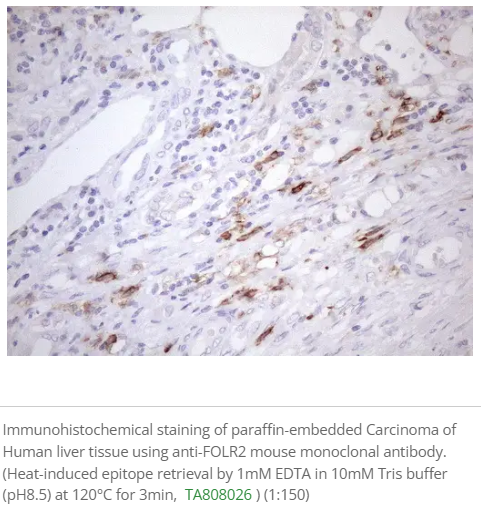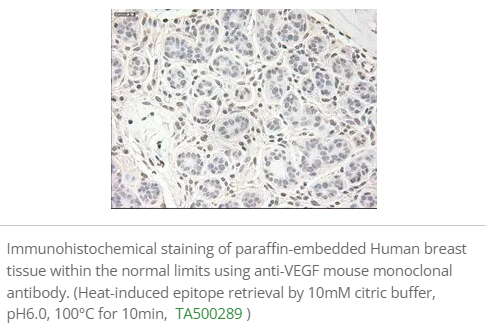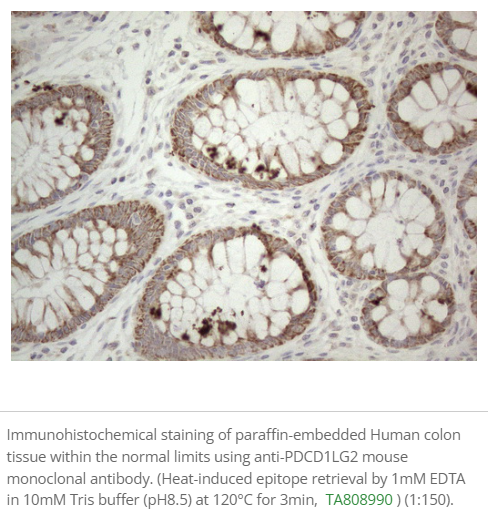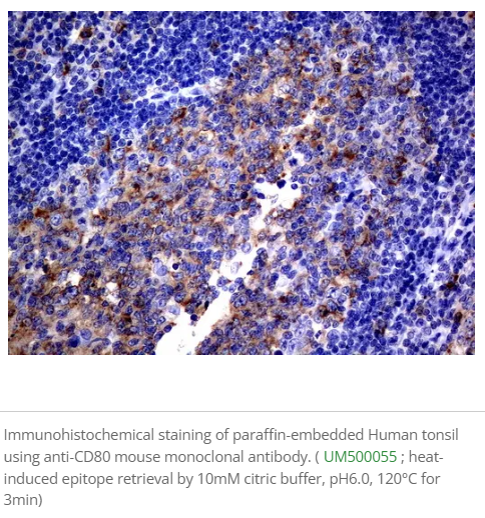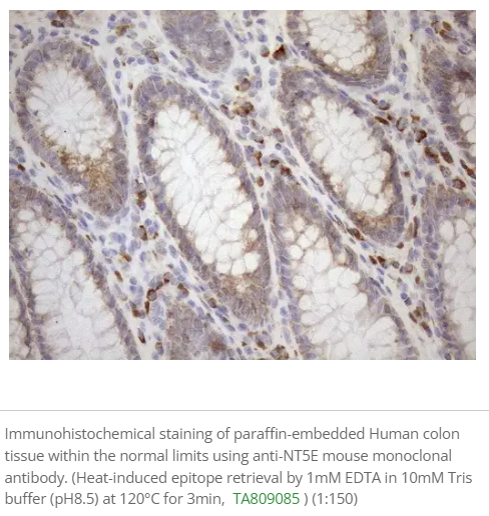Tumor-Associated Macrophages
Tumor-associated macrophages (TAMs) are found in the tumor microenvironment (TME) of multiple cancer. They play a significant role in cancer cell development and survival. TAMs can reprogram the immunosuppressive microenvironment and promote tumor cell proliferation, invasion, and metastasis. It plays a dual role of “tumor promoter” and “ immune suppressor.” TAMs can promote tumor progression by producing mediators like IL-6, TNF-a, CCL2, CXCL8, and CXCL10, which are NF-KB mediated factors preventing apoptosis, creating tumor-supportive microenvironment. Additionally, they stimulate tumor angiogenesis and inhibit anti-tumor immune response mediated by the T cells. TAMs reduce the T cell & NK cell activity via expressing cell surface proteins or producing soluble factors like IDO, PD-L1, and TGF-B. It can also regulate Tregs to suppress T-cell activity indirectly.
Tumor-Associated Macrophages Antibody Panel
Tumor Microenvironment(TME) and TAMs
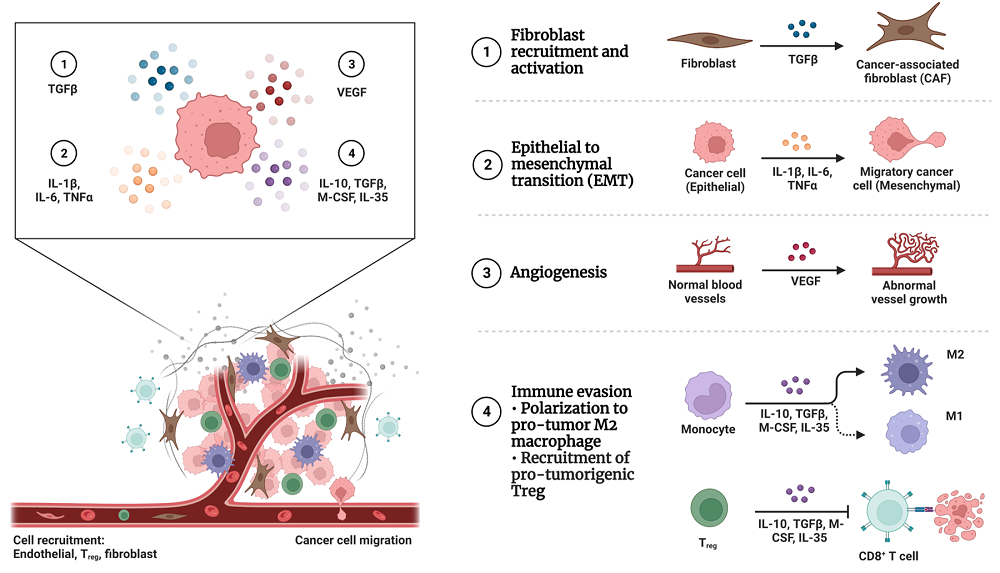
Key biomarkers in TME being used for Tumor Immunotherapy
PD-1
Types of TAM

Key macrophage biomarkers in tumor microenvironment
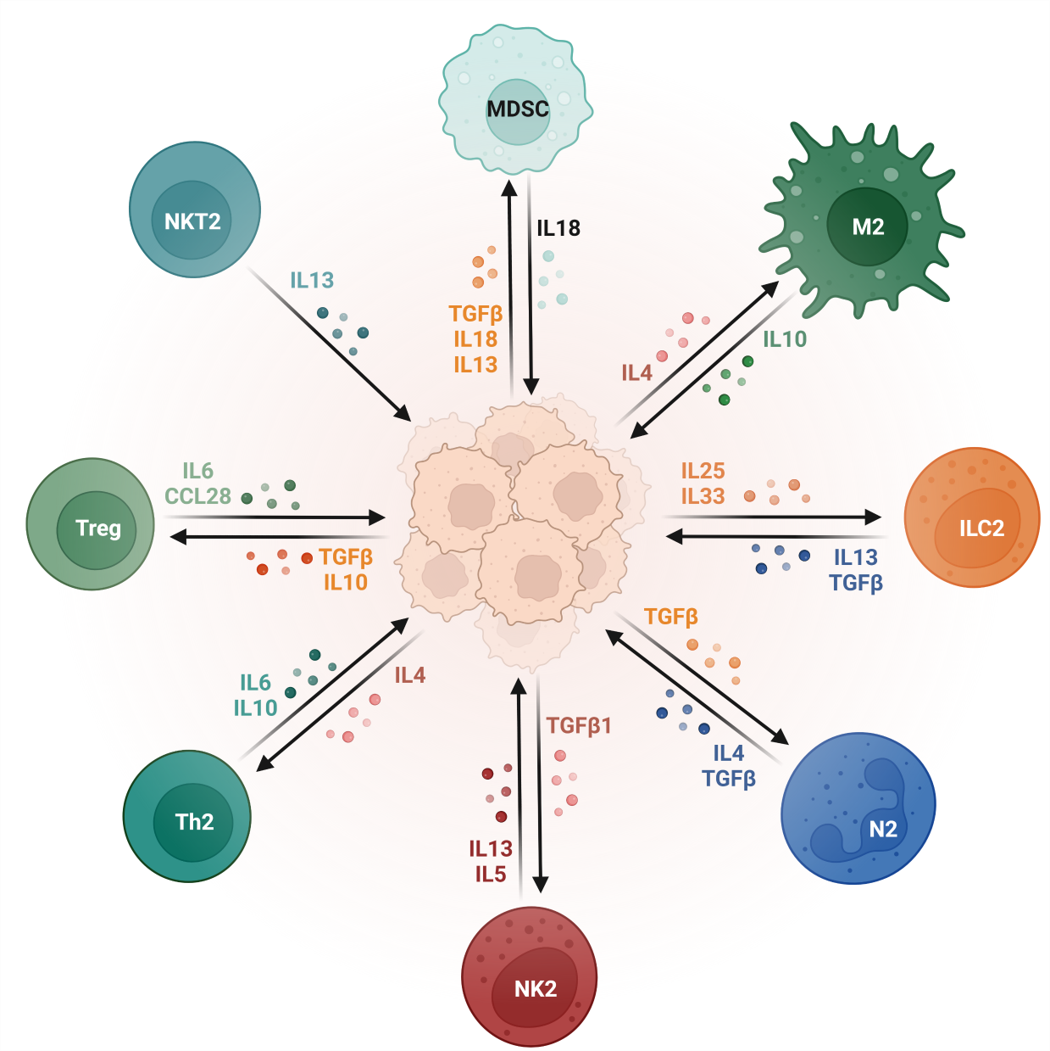
Tumor-associated macrophages (TAMs) mediated immunosuppression
TAMs are a heterogeneous population of cells that display a range of phenotypes depending on the type of tumor and their microenvironment. TAMs use multiple mechanisms to inhibit anti-tumor immune response :
a) Production of inhibitory cytokines and chemokines: TAMs can secrete chemokines and cytokines that promote tumor development, such as IL-6, IL-8, and IL-10.
b) Amino-acid depletion - inhibits CD4 and CD8+ T cells by regulating L-tryptophan degradation in the Kynurenine pathway.
c) Inhibition of tumor cell phagocytosis- It regulates SIRPα/CD47 pathway to protect tumor cells from phagocytosis.
d) Production of PGE2 and Tregs-recruiting chemokine: It inhibits IFN-gamma production through regulating PGE2 production and upregulated Th17 response to inhibit T-cell response indirectly.
e) Direct engagement of T cell inhibitory receptor.

